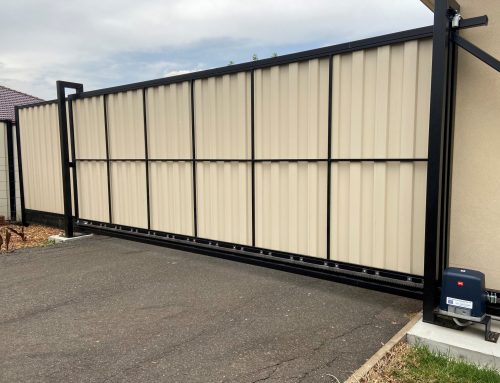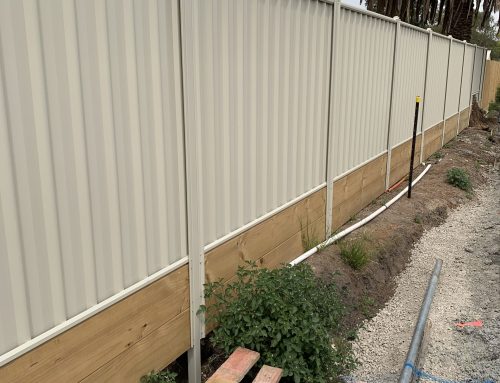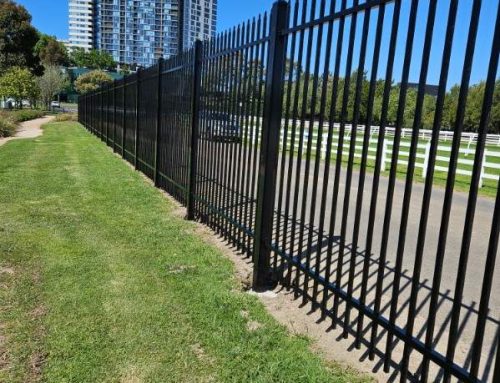Razor Wire Classification In Simple Terms
Have you ever read a blogpost and it felt like a way too complicated read? You just didn’t understand the point there were trying to bring across, even when the subject seemed fairly easy? Well, not here. Today we’ll make it clear and simple when we talk about razor wire classification. It really isn’t anything complicated!
What is razor wire? It’s a mesh of metal strips that has sharp edges. You can also call it barbed tape and the main purpose of it is of course to prevent the passage by mostly humans. In general the term itself, “razor wire”, has been around for a long time, many decades, and has been used to describe barbed tape various products.
The name “razor wire” sounds more serious or threatening than it actually is. It is called razor wire, but it’s not razor sharp. It is definitely sharper than the standard barbed wire. Yes, razor wire has indeed very sharp edges, and the idea or the purpose is to rip the clothing of the people trying to climb over it. Not to make it sound that razor wire is not sharp enough, it definitely is, but it will not cut you or your clothes like a shaving machine, yet it will create damage. In some cases it can create serious cuts to the flesh. The looks of it also creates psychological deterrent effect – you just wouldn’t dare to climb over it if your wellbeing and health was dear to you.
Where can you find razor wire? Historically, razor wire was used in prisons and mental hospitals. In 1960s these institutions weren’t greatly equipped so having an extra security measurement like barbed tape was an advantage. 20 years later the usage of razor wire had dropper as it was discovered that breaching barbed tape was actually easier than breaching barbed wire. With the right tools it was easier to snap razor wire. Later on barbed wire was replaced with razor wire in many military applications. Why? Because of the convenience. It still had the same effective purpose, but because it took much less space compared to razor wire when stored on drums.
That was then and this is now. So where can you use razor wire nowadays? As commercial and residential security applications. Like mentioned, razor wire has a psychological effect. It scares you visually, but humans are quite intelligent to figure out quickly that you can throw a carpet or a thick material over it and then climb it. Or just use the right tools to breach it quickly. But don’t rush too quickly with purchasing it! You have to make sure that razor wire is allowed to be installed in your local area. For example if you would travel to Norway, Europe, you wouldn’t see any razor wire just on its own because it is forbidden to install razor wire as a single fencing type and is only allowed to install with other fencing types combined, and the simple reason is to protect domesticated animals like cats, dogs, cows etc.
Finally we’ve reached the point we said we would in the beginning of the post and that is to make it simple and clear what is razor wire classification.
Razor wire availability: straight wire, spiral coils , concertina coils, flat wrapped panels or welded mesh panels.
Razor wire material: plain steel, galvanized steel, stainless steel, or the mix of them.
The shape of the barb: short barb (10 mm to 12 mm long), medium barb (20 mm to 22 mm long), long barb (60 mm to 66 mm long).
The structure of the razor wire:
1. Helical type – no concertina attachments and each spiral loop is left.
2. Concertina type – the adjacent loops of helical coils are attached by clips at specified points on the circumference.
3. Blade type – straight line razor wire that is cut into certain length so then to be welded onto the galvanized or powder coated frame.
4. Flat type – razor wire type with flat and smooth configuration.
5. Welded type – razor wire tape is welded into panels and then if needed then these panels are connected together to create a razor wire fence.
6. Coils: single and double coil
Here you go, classification of the razor wire. It’s relatively self-explanatory. But the truth is that since technology is rapidly changing and fencing types and materials with it, then your best bet would be to turn to a trusted fencing company and ask what current fencing options are available in your local area.
Diamond Fence is one of the trusted fencing companies in Melbourne, therefore don’t hesitate and contact us today! We’ll help you out! Call us on (03) 9753 4566, shoot us an email on info@diamondfence.com.au, or just get a FREE online quote.








